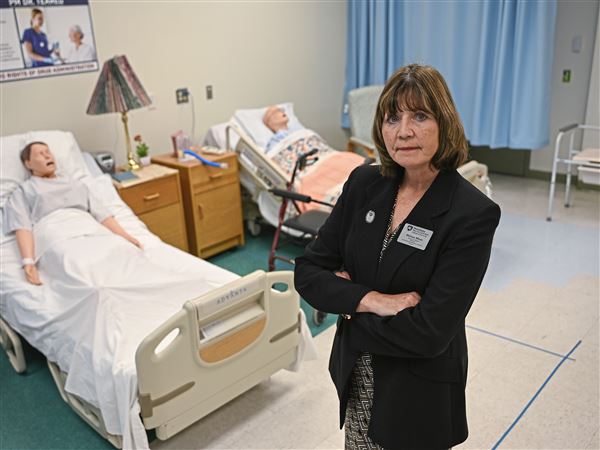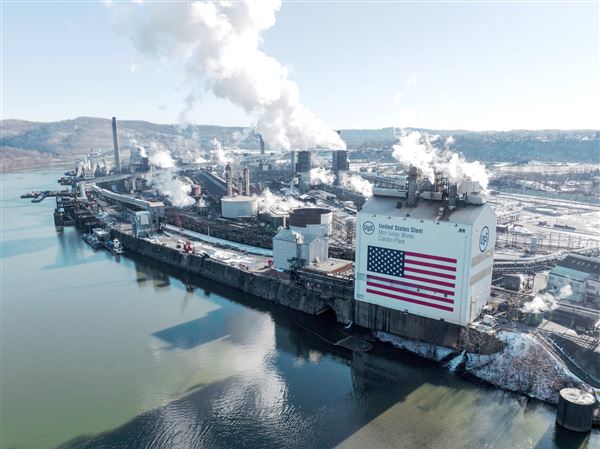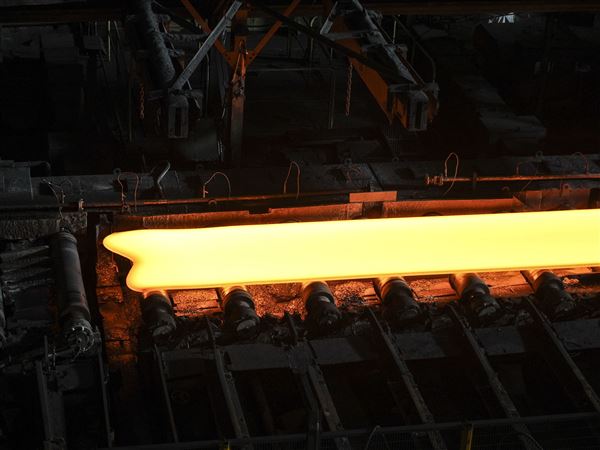For many years, scientists have thought that the first Americans came to the continent from Asia 13,000 years ago, during the last ice age, probably by way of the Bering Strait. They were known as the Clovis people, after the town in New Mexico where their finely wrought spear points were first discovered in 1929.
But in more recent years, archaeologists have found more traces of even earlier people with a less-refined technology inhabiting North America and spreading as far south as Chile.
And now, clinching evidence in the mystery of the early peopling of America -- Clovis or pre-Clovis? -- for nearly all scientists appears to have turned up at a creek valley in the hill country of what is today central Texas, 40 miles northwest of Austin.
The new findings establish that the last major human migration, into the Americas, began earlier than once thought. And the discovery could change thinking about how people got to this continent (by coastal migrations along shores and in boats) and how they adapted to the new environment in part by developing the toolmaking technology associated with the later Clovis culture.
Archaeologists and other scientists report in today's issue of the journal Science that excavations show hunter-gatherers were living at the Buttermilk Creek site and making projectile points, blades, choppers and other tools from local chert for a long time, possibly as early as 15,500 years ago. More than 50 well-formed artifacts as well as hundreds of flakes and fragments of chipping debris were embedded in thick clay sediments immediately beneath typical Clovis material.
"This is the oldest credible archaeological site in North America," Michael R. Waters, leader of the discovery team, said at a news teleconference.
Mr. Waters, director of the Texas A&M University Center for the Study of the First Americans, and his colleagues concluded in the journal article that their research over the last six years "confirms the emerging view that people occupied the Americas before Clovis and provides a large artifact assemblage to explore Clovis origins."
If the migrations began at earlier, pre-Clovis times, moreover, extensive glaciers probably closed off ice-free interior corridors for travel to the warmer south. Archaeologists said this lent credence to a fairly new idea in the speculative mix: Perhaps the people came to the then-really new New World by a coastal route, trooping along the shore and sometimes hugging land in small boats. This might account for the relatively swift movement of the migrants all the way to Peru and Chile.
The first of the distinctive Clovis projectile points represented advanced skills in stone technology. About a third of the way up from the base of the point, the artisans chipped out shallow grooves, called flutes, on both faces. The bifacial grooves probably permitted the points to be fastened to a wooden spear or dart.
Other archaeologists noted that the Buttermilk Creek dates, more than 2,000 years earlier than the Clovis chronology, are not significantly older than those for other sites challenging the Clovis-first hypothesis. In recent years, early human occupation sites have been examined from Oregon to Wisconsin to Western Pennsylvania, and from Maryland and Virginia down to South Carolina and Florida.
James M. Adovasio, an archaeologist who found what appears to be pre-Clovis material at the Pennsylvania site known as Meadowcroft Rockshelter near Avella, Washington County, was not involved in the Buttermilk Creek excavations, but has visited the site and inspected many of its artifacts. These pre-Clovis projectile points were also bifacial, but not as large and well turned as the later technology. The most striking difference was the absence of fluting.
Mr. Adovasio, a professor at Mercyhurst College in Erie, Pa., said some Buttermilk Creek material resembled tools at his site and others at Cactus Hill, Va., and Miles Point, Md.
"It would appear the assemblage of artifacts is enough different from typical Clovis to be a distinct technology," Mr. Adovasio said in an interview. "But it is not as much different as not to be ancestral to Clovis material."
That is another likely implication of the new findings, also noted by Mr. Waters and his team. It would appear that the Clovis technology was not an Asian import; it was invented on the American continent.
No one knows exactly who these migrating people were, scientists said. Genetic studies of ancient bones and later American Indians indicate their ancestors came from northeast Asia, possibly across the Bering land bridge at a time of low sea levels during the last ice age. But it has puzzled scientists that nothing like the Clovis technology has ever been found in Siberia.
The new findings, the Waters group reported, "suggest that although the ultimate ancestors of Clovis originated from northeast Asia, important technological developments, including the invention of the Clovis fluted points, took place south of the North American continental ice sheets before 13,100 years ago from an ancestral pre-Clovis tool assemblage."
Among other implications of the discoveries, the Texas archaeologists said, a pre-Clovis occupation of North America provided more time for people to settle in North America, colonize South America by more than 14,000 years ago, "develop the Clovis tool kit and create a base population through which Clovis technology could spread."
The dates for the sediments bearing the stone tools were determined to range from 13,200 to 15,500 years ago.
First Published: March 25, 2011, 4:00 a.m.














